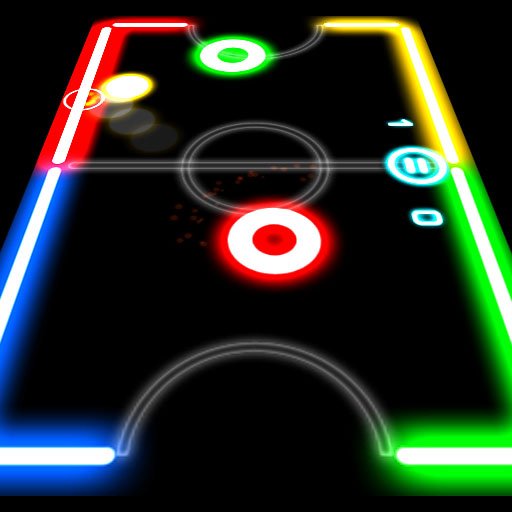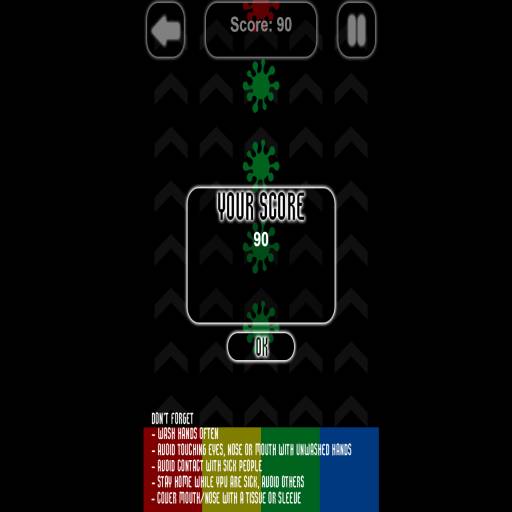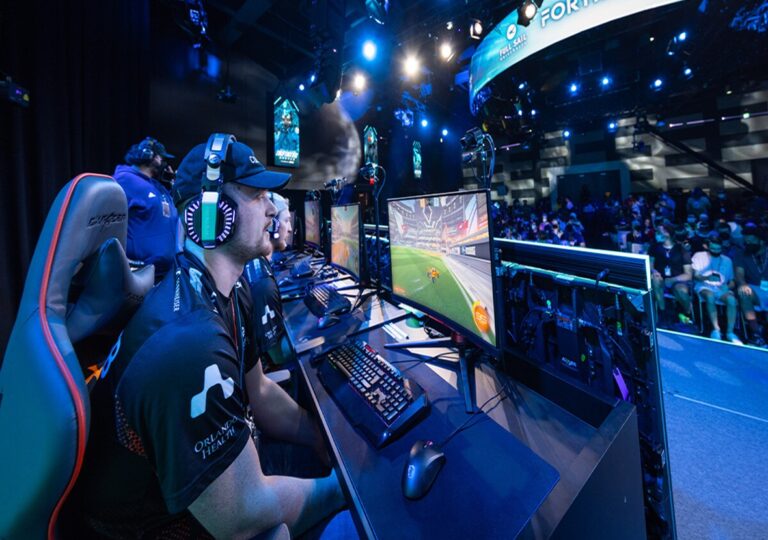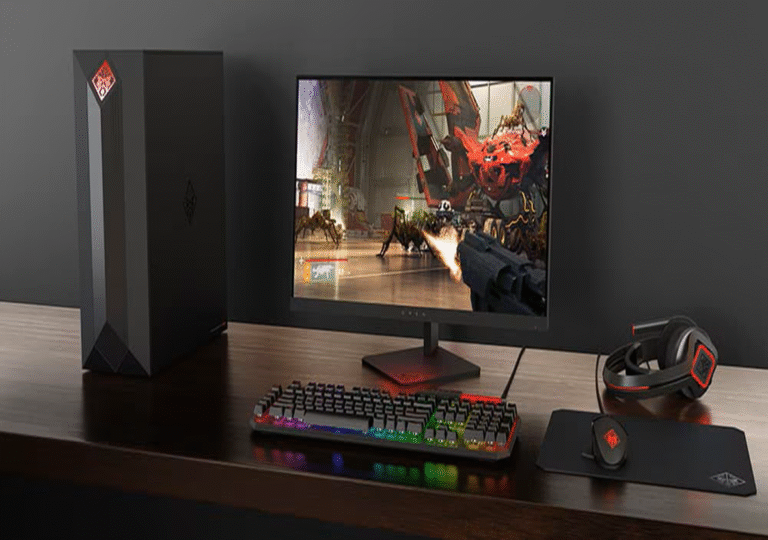
Basketball Arcade
Basketball Arcade games have made a name for themselves in shopping malls, entertainment centres, gaming arcades, and even home game rooms. These machines are popular with both casual gamers and serious competitors due to their flashing lights, fast-paced action, and extremely addicting gaming. Amidst the abundance of video games and virtual reality, the basketball arcade game provides a welcome mix of social enjoyment, nostalgia, and physical interaction.
This article explores everything you need to know about basketball arcade games—from their history and design to gameplay tips and their role in modern entertainment. Whether you’re a fan looking to dominate the leaderboard or just someone curious about the phenomenon, you’ll find this read nothing short of a slam dunk.
A Quick Look at the Origins
The concept of the basketball arcade game dates back to the golden age of arcades in the 1980s and 1990s. While not as old as the original pinball or Pac-Man machines, basketball arcade units became a popular feature in family fun centers and arcades around the world. The early models were simple, often made with wireframe hoops and mechanical score counters. But as technology advanced, so did the games.
Modern basketball arcade machines feature digital displays, moving hoops, variable difficulty levels, and sound effects that simulate the feel of a real stadium. Over time, these games have evolved into more than just time-passers—they’re now legitimate skill-based attractions, with competitive circuits and even tournament play in some places.
How It Works
The standard basketball arcade game setup involves a row of miniature basketballs, a sloped court, and one or more hoops equipped with electronic sensors. The player is given a limited amount of time, usually 30 to 60 seconds per round, to shoot as many baskets as possible. Each successful shot earns points, and later rounds may include bonus scoring or moving hoops to increase the challenge. Most machines are designed to increase intensity as the timer ticks down. For instance, the basket might begin to move side-to-side in the final 10 seconds, or the points per basket might double.
These features not only heighten the excitement but also test a player’s rhythm, accuracy, and pressure-handling skills. Some versions offer multiplayer modes, allowing players to compete side-by-side. Others even feature progressive levels, where clearing a certain score threshold unlocks new challenges or extends gameplay. These additions keep players coming back for more and add a layer of strategy to what may seem like a simple game at first glance.
Why It’s So Addictive
There’s something inherently satisfying about watching a basketball arc through the air and swish perfectly through a hoop. Now combine that with flashing lights, fast music, and the pressure of a ticking clock, and you’ve got a recipe for instant engagement.
Basketball arcade games tap into several psychological triggers. First, there’s the concept of immediate gratification—you shoot, you score, and you hear the rewarding sound of success. Then there’s the competition factor. Whether it’s trying to beat your friend or your own high score, the game creates a loop of motivation and reward that’s hard to resist.
In group settings, the game turns into a social experience. Friends cheer each other on, challenge one another, and even form teams to compete in local arcade tournaments. For parents, it becomes a bonding activity with kids. For couples, it’s a cute and competitive date idea. The game manages to be simple enough for anyone to pick up, yet challenging enough to master—making it appealing across all age groups.
Physical Benefits and Skill Development
While basketball arcade games may not provide the full-body workout of a real basketball match, they still offer physical benefits, especially for the arms, shoulders, and upper body. Repetitive shooting movements help develop hand-eye coordination, timing, and motor skills.
For kids and teenagers, these games subtly encourage the development of basic athletic skills. The constant need for focus, quick reaction times, and spatial awareness helps in cognitive development as well. Moreover, in a world increasingly dominated by screens and sedentary activities, even a few minutes of standing, moving, and aiming can be a healthier alternative to passive entertainment.
Home Versions and DIY Setups
As the popularity of basketball arcade games has grown, so has the demand for home versions. Miniature models are now widely available online and in retail stores. These home units are perfect for basements, garages, or man caves and come in various sizes and price ranges—from compact foldable ones to full-sized replicas of commercial machines.
Setting up a basketball arcade game at home not only adds an entertaining feature to your living space but also serves as a great stress reliever after a long day. Families often use it during parties or get-togethers, and it’s especially loved by kids. Some people even build their own DIY versions using plywood, PVC pipes, and a bit of creativity. Whether you’re investing in a high-tech model or crafting your own, having a basketball arcade game at home offers endless hours of entertainment without the need to go out.
The Role of Technology in Enhancing the Experience
Today’s basketball arcade machines are smarter than ever. Many feature LCD scoreboards, sensor-based scoring systems, and even Wi-Fi connectivity. Some can connect to apps that track your stats, allow you to compete with players from around the world, or unlock achievements and prizes. Virtual reality and augmented reality are also beginning to influence arcade-style games.
While we’re still in the early stages, the future could bring mixed-reality basketball arcade setups where players shoot into real hoops but interact with digital opponents or play in virtual environments that change on the fly. Artificial intelligence is another intriguing addition. Imagine a machine that adapts to your skill level, making the game harder as you improve. This kind of smart feedback loop not only personalizes the experience but also helps players get better in a fun and intuitive way.
Basketball Arcade Game in Competitive Gaming
Although often seen as casual, basketball arcade games have a competitive side. Some arcades organize weekly or monthly contests where players vie for the top score to win prizes. In larger entertainment centers or amusement parks, leaderboard competitions can become fierce, especially when rewards include vouchers, toys, or free game credits.
Online content creators and social media influencers have also turned the basketball arcade game into a platform for viral content. From TikTok challenges to YouTube series, people record their attempts at breaking high scores or pulling off trick shots. This has not only expanded the game’s reach but also contributed to its popularity among younger audiences.
Tips to Improve Your Game
Improving your basketball arcade game performance involves more than just rapid shooting. The key lies in rhythm. It’s crucial to find a shooting pace that maximizes your accuracy without wasting time. Consistency trumps speed, especially in the early rounds.
Stand slightly off-center for a better angle, and try to use the backboard when possible. Not only does this increase the chances of a bounce-in, but it also allows for quicker recovery if you miss. Keep your knees slightly bent and your elbows aligned with your wrist for a cleaner shot arc. Lastly, don’t ignore the value of practice. Like any skill-based game, repetition is the best teacher. The more you play, the better your muscle memory and timing will become.
A Game for All Ages
One of the most appealing aspects of the basketball arcade game is its universal appeal. Children love the excitement of making shots. Teenagers and young adults enjoy the competitive aspect. Adults often get a kick out of the nostalgia or use it as a lighthearted way to unwind.
Unlike many arcade games that rely heavily on screens or complex controls, basketball arcade games strip the experience down to a simple concept that everyone understands: throw the ball into the hoop. This simplicity, paired with the adrenaline rush of a ticking clock, makes it suitable for players of any background or experience level.
A Timeless Classic in Modern Arcades
The basketball arcade game is a representation of classic amusement in a period when digital gaming is pervasive. Its combination of social connection, physical play, and straightforward yet captivating physics guarantees its continued success in arcades worldwide.
The game survives—even thrives—in a changing entertainment environment, whether it is played in busy malls, neighbourhood recreation centres, or home gaming rooms. It’s more than just a game; it’s an adventure, a test, and a nostalgic journey down memory lane for many.
Conclusion
The basketball arcade game has a way of drawing you in, whether your goal is to hit a lot of points or just have fun. It rewards talent and perseverance and is quick and enjoyable. It’s more than simply a game; the thrill of a flawless shot unites friends, families, and even complete strangers.
The basketball arcade game still provides that timeless rush of arcade magic in a world full of high-tech devices and fads. And for that reason, it’s more than simply a computer; it’s a heritage of entertainment that keeps developing, motivating, and entertaining.





















